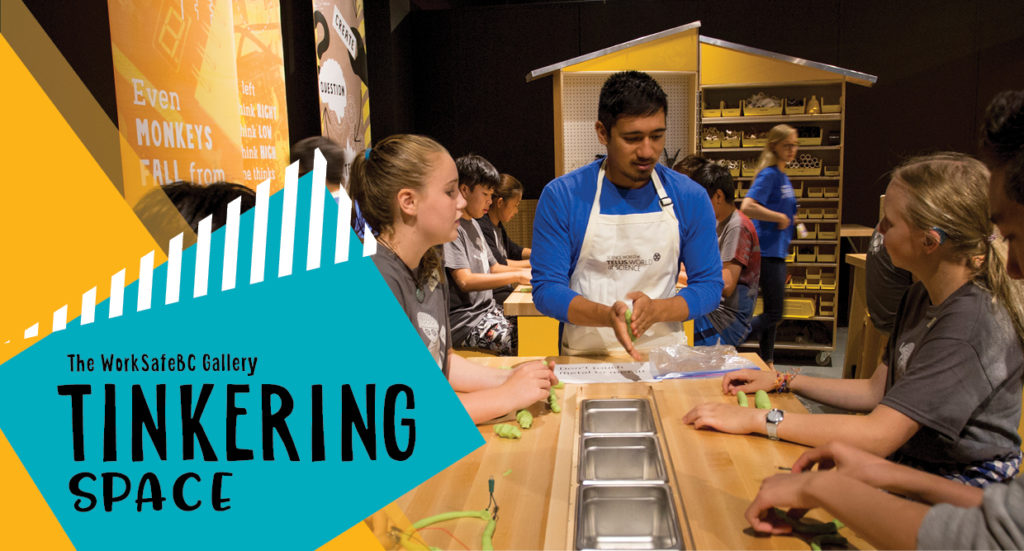HOW STRONG IS YOUR HOUSE?
In this activity, students are challenged to design and build a structure which is strong enough to support a book, using only the materials provided.
This challenge will give students a chance to try out different base shapes for a structure, as well as use some rather unique building materials.
Think about which shapes are strong, and how these shapes can be combined to make a strong structure.


